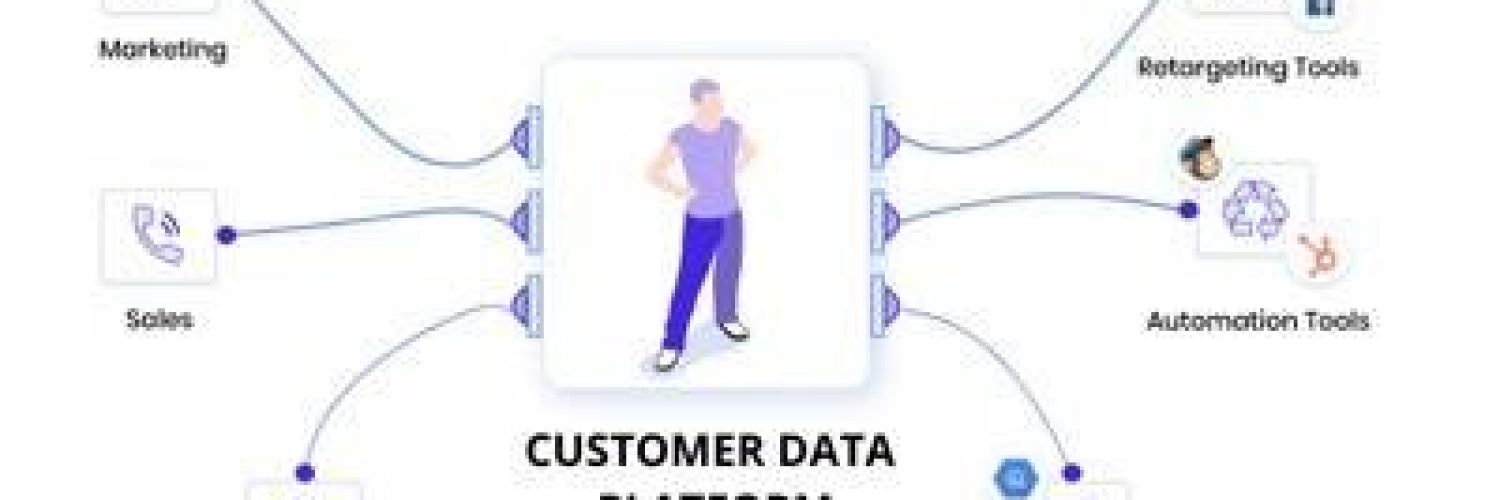Customer Data Platform (CDP) is a relatively new term that has been quickly gaining popularity over the past few years in the marketing and advertising world. In fact, Gartner forecasts an increase of more than 400% in CDP use by 2021.
However, even though it’s getting more popular and mainstream, there are still a lot of people who don’t fully understand exactly what CDP actually is or why they should care about it—especially if they aren’t directly involved in marketing or advertising.
What Is CDP?
A customer data platform (CDP) is a broad term that refers to technology that makes it easier for marketers to pull in and leverage data from all their digital touchpoints with customers, across channels and devices.
The CDP can be used to import customer information from sources such as web analytics tools, CRM systems, and transactional databases, or even directly from vendors who interact with customers through loyalty programs or catalogs.
Once consolidated into one place, marketers can easily build personalized experiences for customers based on real-time analytics.
Why Use CDP?
CDPs are a powerful solution for all businesses, regardless of size or industry, because they’re able to collate and process disparate customer data across channels in real-time. They provide highly valuable insights into customers by combining and analyzing data from multiple sources including websites, CRM systems, and databases.
By optimizing that information through AI, machine learning (ML), predictive analytics, and advanced reporting, CDPs enable businesses to create better experiences for their customers.
When Should I Use It?
In general, you should only use a customer data platform (CDP) if you have a large customer base and lots of data. They can handle high volumes of information, but they’re not designed for smaller customers with less data.
CDPs are often used by large banks and telecom companies; examples include Oracle’s Data Management Platform or Salesforce’s Marketing Cloud. These platforms allow businesses to integrate their entire customer experience on one platform so that it is both easily accessible across sales and marketing teams, as well as fully integrated into other critical applications such as payment processing, CRM databases, and more.
For example, your company might want to leverage CDP technology if it has branches all over your country or wants to send customized offers based on a particular customer’s location.
How Do I Get Started With CDP?
There are a few core things you need to keep in mind while getting started with CDP.
➢ First, determine what part of your marketing stack will be responsible for getting customer data into a centralized system, i.e., is it going to be your ad server or app? If it’s not going to be one of these two places, you may want to start by exporting historical customer data and importing that into your CDP.
➢ Second, determine what type of data you want to put into your CDP. You’ll want to make sure that whatever you choose can accept all of your customer data, such as purchases, behavioral data, and even custom attributes about each customer.
➢ Third, figure out how frequently you need to refresh your data in order for it to be actionable. While most CDPs can get data updated instantly, others may take a day or more—and in some cases, customers only update their information once per month or
so. This is why it’s important to know what type of customer data and how often you need that customer data updated.
➢ Fourth, choose between building your own integration and buying an existing one from an integrator like Segment. If building something custom doesn’t seem like too much work—if that’s your jam, then go ahead and knock yourself out!
➢ Fifth and finally: Test away! When you first get started with CDPs, we recommend starting small by testing just a few channels so you can see what it has to offer before making more drastic changes to your stack.
Conclusion
There are many tools to help you achieve success, and there is no one tool that will do it all. But when you have a good understanding of what to look for in a CDP tool and how it can be utilized for your business, getting started is easy.
In short, a CDP can be used to empower companies with greater insight into their data, which leads to better consumer engagement, more targeted marketing, and revenue growth.
Following this guide will take you through what you need to know about CDPs and how they can benefit your business. Although, if you need any help, feel free to contact us at MUSE Digital.

